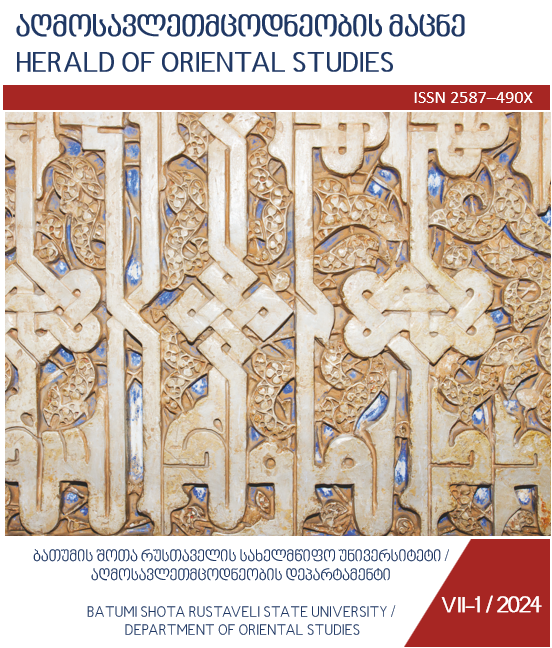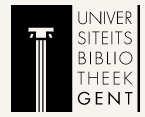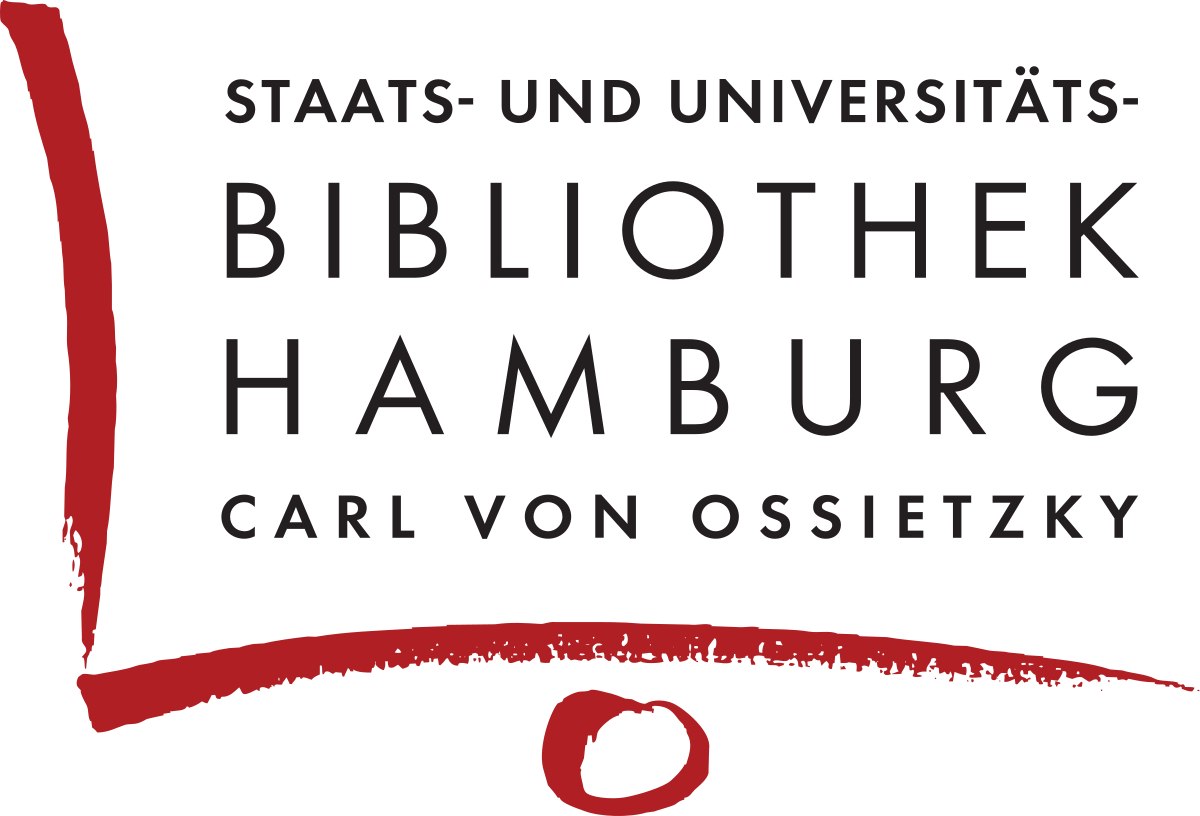For the History of the Relationship of the Kingdom of Kakheti with Jerusalem in the XVI Century
DOI:
https://doi.org/10.61671/hos.7.2024.7801Keywords:
Kingdom of Kakheti, Jerusalem, Monastery of the Cross, Golgotha, Georgian Monastic Community, Church Serf-manorAbstract
In the XVI century, the moderate foreign policy and diplomatic moves of the political rulers of the Kingdom of Kakheti led to the relatively stable and peaceful development of Kakheti throughout the century. It greatly contributed to economic and cultural reconstruction within the country, and abroad, especially in the "Holy Land" and "Holy City of Jerusalem" to the support of the Georgian churches-monasteries, the Georgian monastic community and to the protection of the greatest Christian sanctity, the "Tomb of Christ" and the rights of the Georgians there. Beena Cholokashvili, who was sent to the court of the Mamluk sultans of Egypt by the king of Kakheti, Avgiorgi (1511-1513), became an energetic defender of Georgian rights in the first decades of the XVI century. Then the kings of Kakheti, Levan (1518/1520-1574) and Alexander II (1574-1605) sent a rich donation to Jerusalem, took care of the restoration of Golgotha, which was damaged during the rule of the Ottomans, sacrificed villages, serfs in Kakheti (Easter, Kisiskevi), built churches and tried to protect the Christian sanctuaries of Jerusalem and the rights of Georgians on their way to the "holy land" as soon as the political weather was favourable. All said above in addition to the already known historical sources, have been confirmed by Arabic and Ottoman documents discovered in recent decades.



































